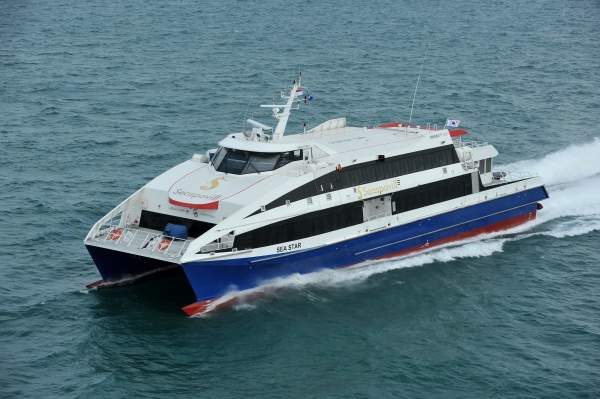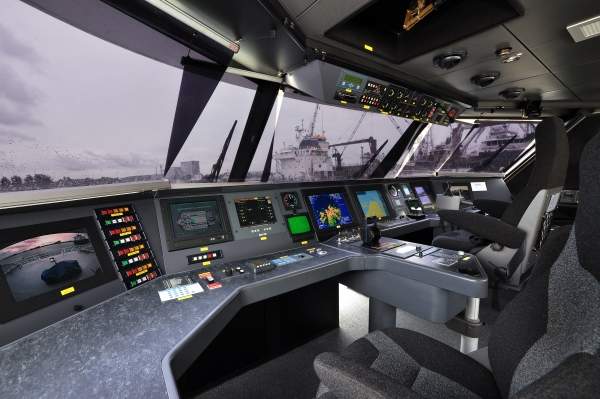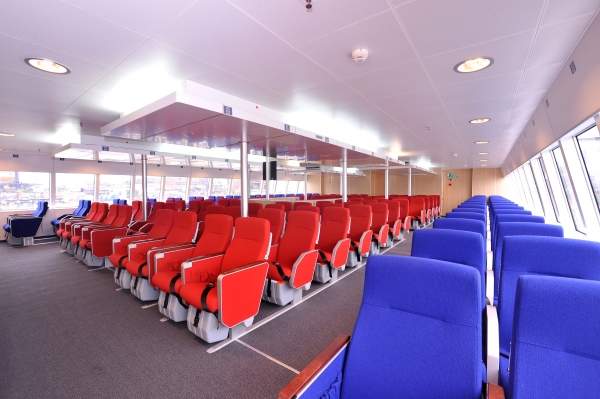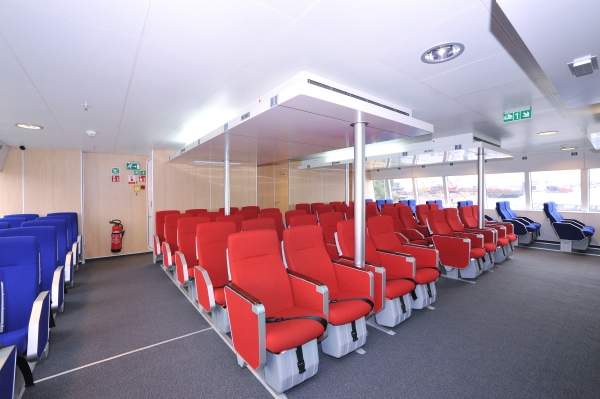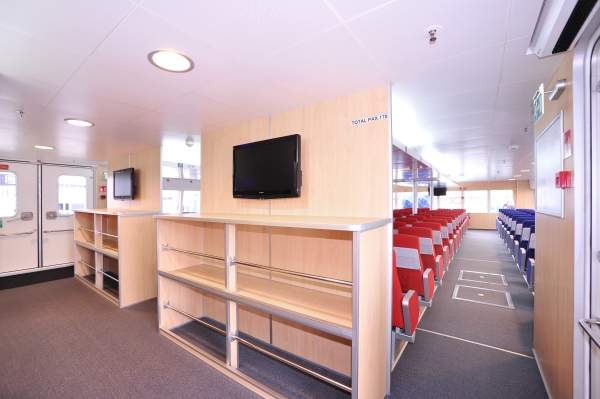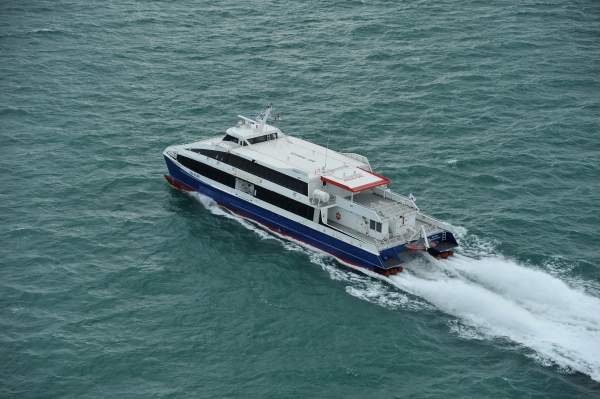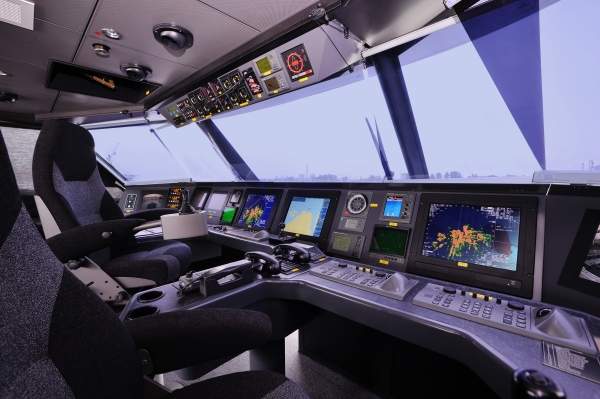The Seastar is a high speed catamaran (HSC) passenger ferry designed and built by Netherlands-based shipbuilder Damen Shipyards Gorinchem. Also known as the DFF4212, the ferry was manufactured in the Singapore Shipyard for South Korean ferry operator Seaspovill. The ferry was delivered to Seaspovill in January 2011.
Damen Shipyard is a globally operated shipbuilder engaged in the development of boats for public transport. The company signed an agreement with Seaspovill in November 2010 to design, build and deliver the Seastar, a fuel efficient fast ferry.
The hull complying with the requirements of Seaspovill was already in stock with Damen at Afai Southern Shipyard Guangzhou, China, which ensured short delivery time. It was transferred to Damen Shipyard Singapore shortly after an order was placed by Seaspovill.
The ferry is currently being operated between Gangneum and Ullungdo, a route spanning 96 nautical miles (177km).
Design of the Seastar catamaran ferry
The Seastar was designed to meet the international code of safety for High Speed Craft, the 2000 HSC Code. Its hull was constructed with aluminium alloys, principally the 5383-H116 alloy. It is classified by Bureau Veritas. The aluminium superstructure comprises anti-vibration damping mounts.
The overall length and beam of the vessel are 42.2m and 11.6m respectively. The hull depth moulded is 3.8m. The draught is 1.5m.
The ferry has a fuel capacity of 10,000l and can cruise at a speed of 38kts to 40kts (70km/h to 74km/h). It can store 1,500l of fresh water and 300l of bilge. The sewage and lubricant oil capacities of the ferry are 1,500l and 200l respectively. The maximum deadweight of the ferry is 26,000kg.
Accommodation onboard the high speed catamaran (HSC)
The Seastar can be categorised into two decks – the main deck and the upper deck. It can carry 300 passengers on the main deck and 150 on the upper deck. Both decks are fitted with ventilation systems to maintain constant temperature and supply fresh air to the passengers onboard.
The main deck features 30-inch liquid crystal display (LCD) television screens and DVD players to offer entertainment to passengers.
It also boasts of a kiosk to render hot and cold beverages. It can store approximately 2,250kg of baggage and light cargo in the spacious aft section.
The toilet area on the main deck comprises six toilets and a wheel chair accessible toilet for disabled passengers.
Seastar crew members
The Seastar boasts of a large wheel house that accommodates five crew members. It also incorporates a broad engine room and an efficient pump set room.
Navigation and communication systems onboard operator Seaspovill’s Seastar
The Seastar is equipped with a navigation and communications suite comprising night navigator 8540, Furuno FAR-2117BB X-band radar, Furuno FAR-2137SBB S-band radar, Anschutz Standard 22 G/GM gyro compass, Furuno FEA-2107BB Ecdis Chart Flotter and Netwave NW-4400 voyage data recorder (VDR).
MTU 16V2000 M72 diesel engine propulsion and power
The Seastar is powered by four MTU 16V2000 M72 diesel engines rated at 1,440kW of output power each.
The 3.1m long and 1.2m wide engine is designed and manufactured by MTU in Germany. Its height is 1.5m. The dry weight of the engine is 4,600kg.
Each engine is connected to a Reintjes WLS 730 reduction gearbox through coupling. It drives four Kamewa A56 II waterjets fitted on the transcom through a WLS 730 reduction gearbox. Each gearbox is connected to the waterjet through a carbon fibre shaft.
Steering, reversing and thrust vectoring of the waterjet nozzles will be carried out by a Lipstronic Jet Control Propulsion System.
The propulsion system features an injection system, a combustion chamber, a miller cycling and a charge air cooler.
Two Caterpillar C4.4 generators are installed in the hull section to generate 172kW of electricity. The electricity produced is transferred to the main switchboards for supplying and distributing through 400V/230V three phase AC power network.

